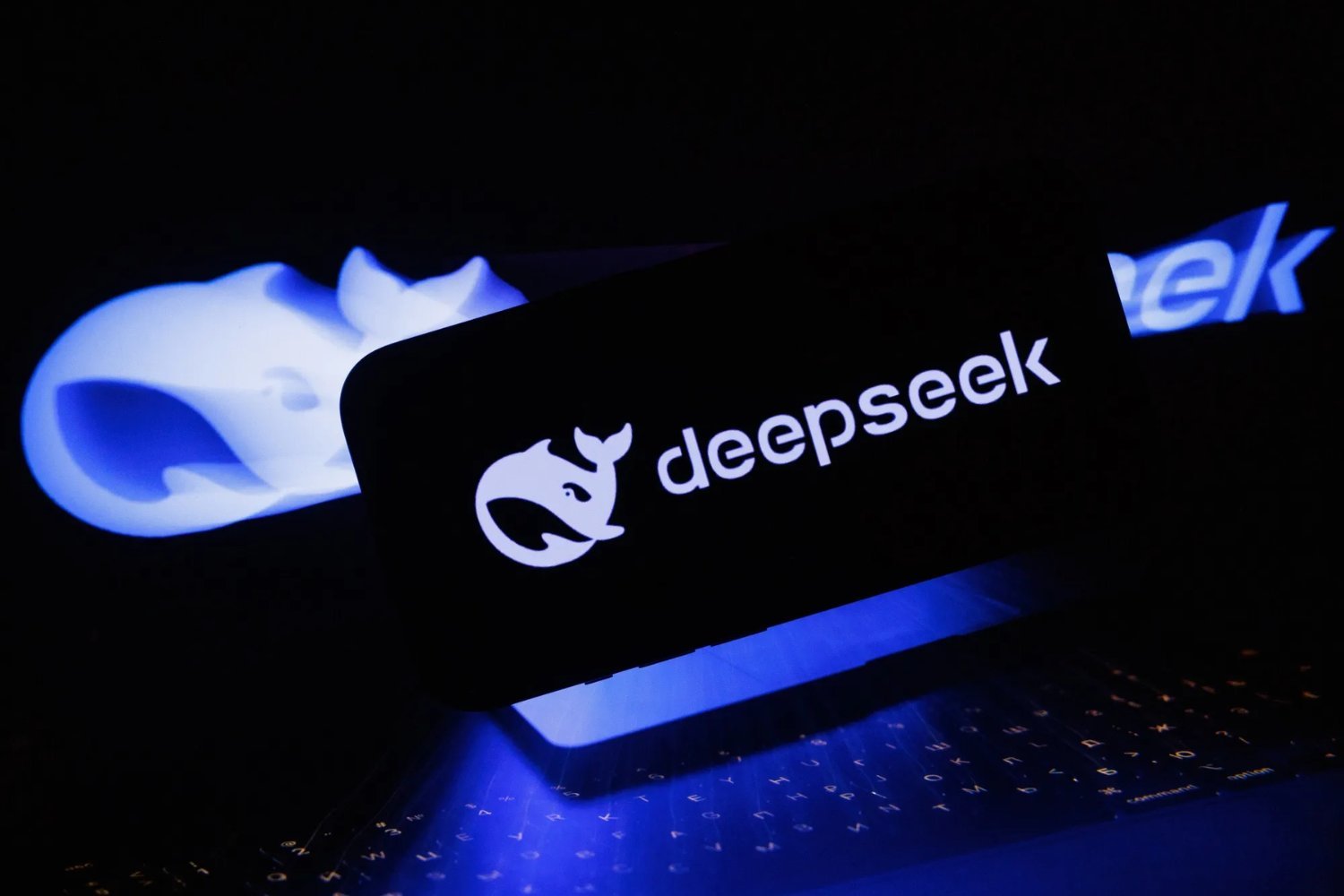Revolution or Threat? DeepSeek’s Move That Could Change AI Forever

, the emerging company that in just a few months has captured the attention of the artificial intelligence sector, has announced that it will release the source code of five of its models. Based in Hangzhou, the company communicated through its X account that these repositories have already been documented, implemented, and tested in production. This step represents a radical contrast with the trend of companies like , which keep their technologies under strict proprietary restrictions.
The decision reinforces the vision of its founder, Liang Wenfeng, who had already hinted last July that the company did not prioritize the commercialization of its models. For him, open source is more of a cultural matter than a commercial one. “Contributing to it earns us respect,” Liang said, making it clear that their commitment is not only technological but also philosophical.
### A challenge to opacity in artificial intelligence
The announcement of comes at a crucial moment for the industry. Companies like OpenAI and Google have limited access to their models, citing security and financial sustainability concerns. OpenAI, in particular, started with a promise of transparency but ended up choosing secrecy, which sparked criticism within the tech community.
In contrast, has not only maintained its commitment to open source but has also shown that its models can compete with Western developments at a much lower cost. Their R1 model, launched last month, matched the performance of other solutions in the market without requiring the same levels of investment.
The opening of the code could accelerate the development of AI globally, but it has also raised concerns in some governments. The United States and Australia have already expressed concerns about the implications of a Chinese actor leading the movement towards more accessible and replicable AI.
### Innovation and a business model without commercial pressure
not only challenges the business model of its competitors with its open-source approach but also with its financial structure. Unlike OpenAI, Anthropic, and xAI, which have received billions in investments with the expectation of large returns, comes from a quantitative hedge fund and has not disclosed external funding. This gives them greater independence to share their technology without the pressure to generate immediate profits.
Additionally, the company recently announced the development of a new algorithm, , designed to improve efficiency in training long-context models. This advancement reinforces their role as a key player in AI innovation, without the need to keep their developments secret.
### How will their rivals respond?
is already forcing other tech giants to react. In China, it has surpassed local competitors and become the most used chatbot service, with 22.2 million daily active users. Even Baidu, which has traditionally opted for more closed models, could be pressured to adopt the open-source framework to avoid falling behind.
In their statement, made their vision clear: “There are no ivory towers, just pure garage energy and community-driven innovation.” Their bet challenges the status quo and raises a crucial question for the industry: is this the beginning of a new era in artificial intelligence or an anomaly in a sector dominated by opacity?




